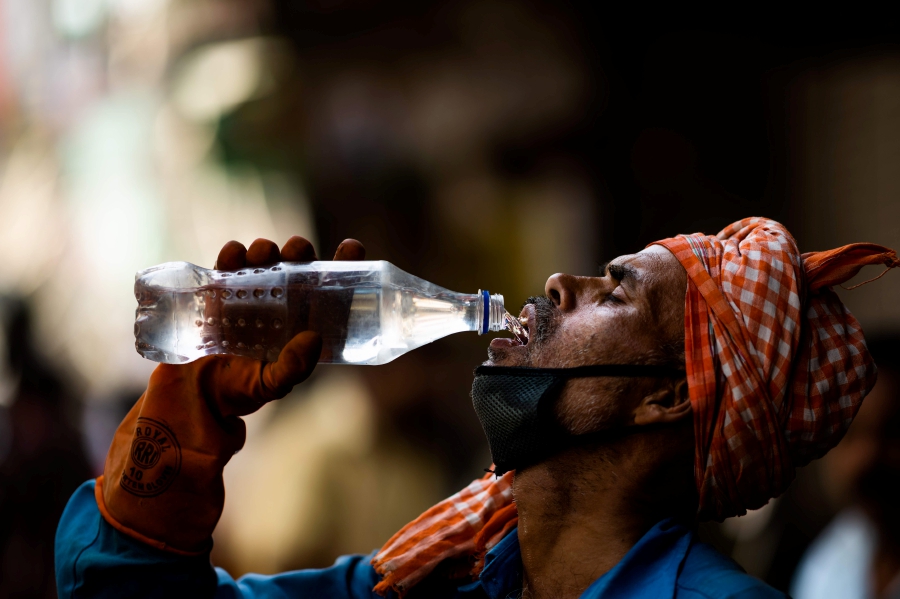11 Dec 2024

Tired Earth
By The Editorial Board

August falls in the middle of India’s annual monsoon, a season that usually brings up to 80% of the country’s yearly rainfall.
Heavy downpours brought deadly floods to parts of India’s north during the month, but on the whole, rains were much more subdued, resulting in record heat.
“Average mean and maximum temperatures in August 2023 were the record highest since 1901,” the India Meteorological Department (IMD) said.
“The large rainfall deficiency and weak monsoon condition is the main reason.”
IMD data showed August average rainfall of 161.7 millimetres this year, 30.1mm lower than the previous August record in 2005.
With millions of farmers dependent on monsoons for their crops, summer rains are vital for India’s food security and the livelihood of its rural workforce.
The monsoon occurs when summer heat warms the landmass of the subcontinent, causing the air to rise and sucking in cooler Indian Ocean winds, which then produce enormous volumes of rain.
But it also brings destruction every year in the form of landslides and floods. Melting glaciers add to the volume of water while unregulated construction in flood-prone areas exacerbates the damage.
Despite the record-low rainfall, at least 65 people were killed in August by flood waters and landslides triggered by heavy downpours around India’s Himalayas.
India’s weather department has declared a heatwave almost every year in the last decade, with temperatures sometimes touching 50 degrees Celsius (122 degrees Fahrenheit).
Worldwide, temperature records have tumbled in recent years, as climate change makes meteorological conditions more volatile.
July 2023, marked by heatwaves and fires around the world, was the hottest month ever registered on Earth, according to the European Union’s climate observatory Copernicus.
Emissions of greenhouse gases are enabling increasingly intense and long-lasting heatwaves.
Source : euractiv.com
Comment